Indoor cultivation has gained significant traction in recent years, offering year-round growing solutions and addressing the challenges of traditional outdoor farming. Two popular methods of indoor cultivation are container farms and greenhouses. In this article, we will compare container farms and greenhouses, exploring their respective pros and cons to help you understand the differences and choose the most suitable option for your specific needs.
Container Farms: Container farms are self-contained growing systems housed within modified shipping containers or similar structures. These farms utilize controlled environment agriculture (CEA) techniques, providing a highly controlled and optimized growing environment. Here are some key aspects of container farms:
a. Mobility and Flexibility: Container farms are highly portable and offer flexibility in terms of location. They can be set up in urban areas, on rooftops, or in areas with limited space. The mobility allows for easier relocation if necessary.
b. Controlled Environment: Shipping Container farms provide precise control over environmental factors such as temperature, humidity, light, and CO2 levels. This level of control allows for year-round cultivation and the ability to grow crops that are typically out of season.
c. Water Efficiency: Container farms often utilize hydroponic or aeroponic systems, which use less water compared to traditional soil-based farming. The closed-loop systems recirculate water, minimizing waste.
d. Energy Consumption: Container farms require energy for lighting, climate control, and irrigation systems. While advancements in energy-efficient technologies have reduced energy consumption, it is still an important consideration for operational costs and sustainability.
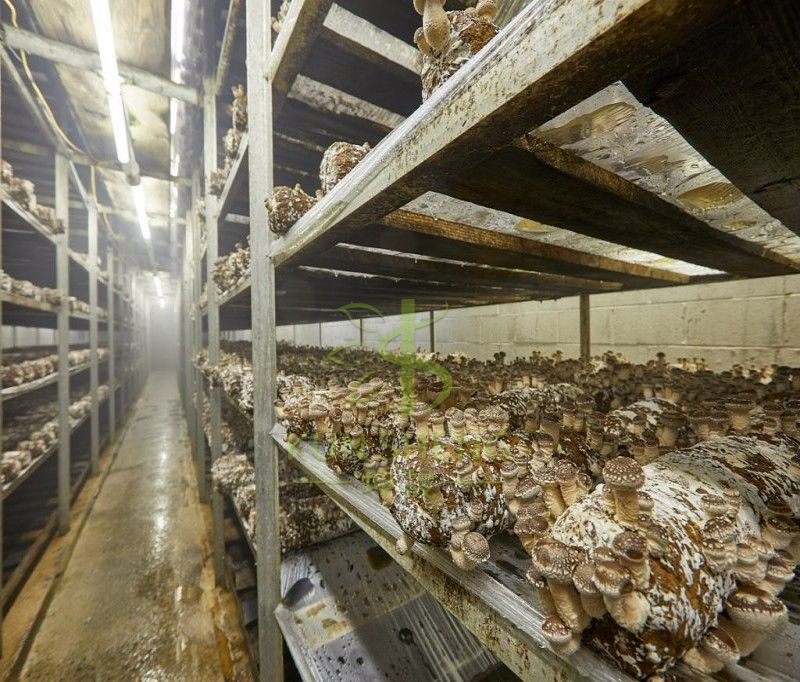
Greenhouses: Greenhouses are structures with transparent or translucent walls and roofs that allow sunlight to penetrate while trapping heat inside. They create a protected environment for plants to thrive. Let's explore the key aspects of greenhouses:
a. Natural Light: Greenhouses utilize natural sunlight, reducing the need for artificial lighting during the day. The availability of sunlight promotes photosynthesis and contributes to energy savings.
b. Temperature Regulation: Greenhouses rely on passive heating from the sun and can be supplemented with heating systems during colder periods. Adequate ventilation systems are essential for temperature control and to prevent excessive heat buildup.
c. Plant Diversity: Greenhouses provide suitable conditions for a wide range of crops, including delicate plants that require specific temperature and humidity levels. The natural environment allows for the cultivation of a diverse array of crops.
d. Spatial Considerations: Greenhouses require a dedicated land area for construction. The size and design of the greenhouse depend on the desired cultivation capacity and available space.
Featured content:How do you use controlled release fertilizer?Plastic Seedling Trays: A Sustainable Solution for Growing GreenThe Benefits of Soaking Walnuts Before EatingWhat Are the Benefits of Using a Nursery Tray?What are the two types of vegetable seeds?Elevate Your Gardening Game with Wholesale Garden ToolsWhat is the purpose of nozzles in a cooling tower?e. Season Extension: Greenhouses extend the growing season by protecting plants from adverse weather conditions, allowing for earlier planting and later harvests.
Considerations for Choosing Between Container Farms and Greenhouses: When deciding between container farms and greenhouses, it is crucial to consider the following factors:
a. Space Availability: Container farms are suitable for limited space areas or urban environments, while greenhouses require a dedicated land area.
b. Crop Selection: Consider the specific crops you intend to cultivate. Some crops may thrive better in the controlled environment of a container farm, while others may benefit from the natural sunlight and temperature variations in a greenhouse.
c. Controlled Environment: Container farms provide precise control over environmental factors, making them ideal for delicate crops or crops with specific growth requirements. Greenhouses offer a more natural growing environment.
d. Mobility and Expansion: Container farms are portable and can be easily expanded or relocated. Greenhouses are more permanent structures, requiring careful planning and construction.
e. Energy Efficiency and Sustainability: Consider the energy consumption and sustainability aspects of each method. Container farms can be more energy-intensive due to the need for artificial lighting and climate control.
Conclusion:
Both container farms and greenhouses offer unique advantages for indoor cultivation. Container farms provide mobility, precise environmental control, and water efficiency, making them suitable for urban areas or limited space. Hydroponic Greenhouses utilize natural light, promote plant diversity, and extend the growing season. The choice between container farms and greenhouses depends on factors such as space availability, crop selection, desired level of environmental control, and sustainability considerations. By carefully assessing these factors, you can determine the most suitable method for your specific needs and create an optimal indoor cultivation environment for successful and sustainable crop production.
Featured content:What is the use of nano silica?What is open grid flooring?The Importance of Proper Cooling Tower FillWhat is the difference between colloidal silica and silica sol?Is non slip fiberglass grating the best choice?What is the PVC filling in cooling tower?Revolutionizing Construction: The Future of GRP Grating?







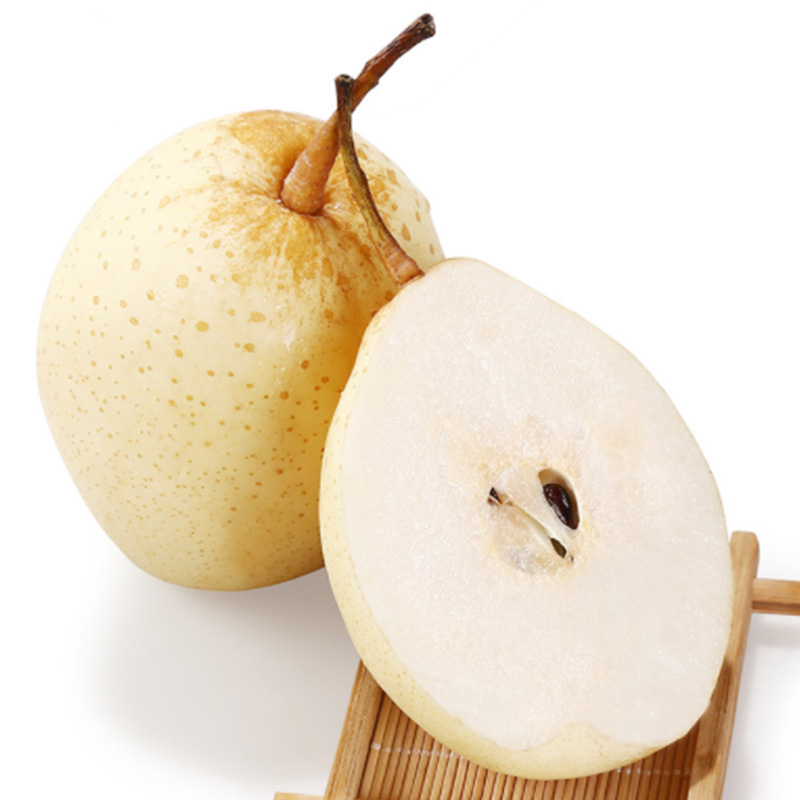
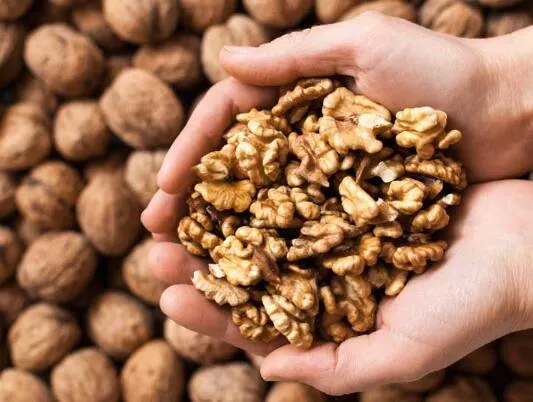
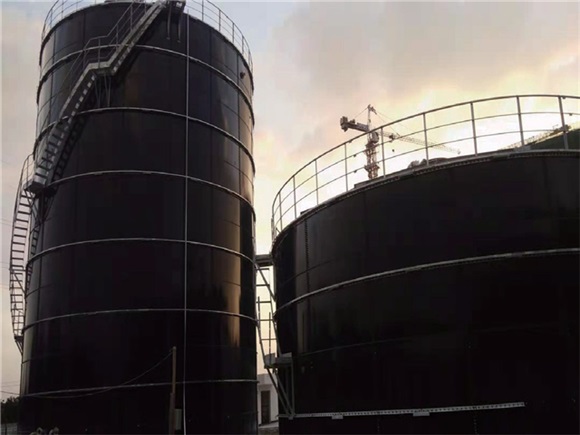
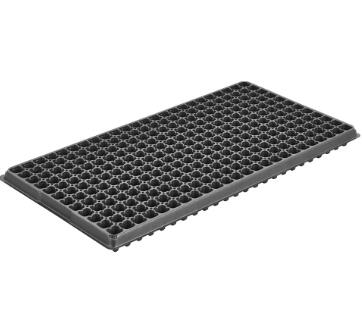
Comments
Please Join Us to post.
0